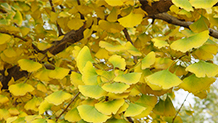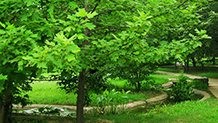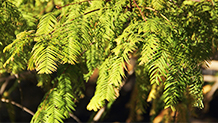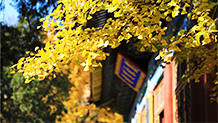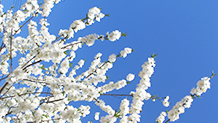| 作 者:Ouyang FQ,Sun M,Cui X,Tigabu M,Zhang H,Deng JY, Wang JH,Wei Y,He R |
| 影响因子:2.2 |
| 刊物名称:New Forests |
| 出版年份:2023-12-12 |
| 卷: 期: 页码: / |
论文摘要:
Species in the genus Picea are well-suited for afforestation on high altitudeslatitudes, but are fairly intolerant to high temperatures. In this study, Picea pungens, Picea abies,Picea omorika were subjected to 45 °C, 40 °C, 35 °C,ambient temperature (CK) for 6 h,then allowed to recover for 28 d. Changes in phenotype, relative water content (RWC),maximal photochemical efficiency (Fv/Fm) of photosystem II (PS II) were observed to ascertain their thermal tolerance. Overall, all three species were negatively affected by exposure to 45 °C, but P. pungens exhibited full recovery, with the highest RWC, while P. omorika exhibited partial recovery,P. abies showed minimal recovery. The PS II of all three species were damaged after 45 °C treatment, but that of P. pungens exhibited the most dramatic recovery, with Fv/Fm recovering from 0 to 0.26. In conclusion, P. pungens was found to exhibit the greatest thermal tolerance, followed by P. omorikaP. abies. Thus, thermal tolerance should be considered as a tool for species selection for future reforestation endeavor in the face of climate change that is expected to bring high summer temperature events.
DOI:https://doi.org/10.1007/s11056-023-10002-0




